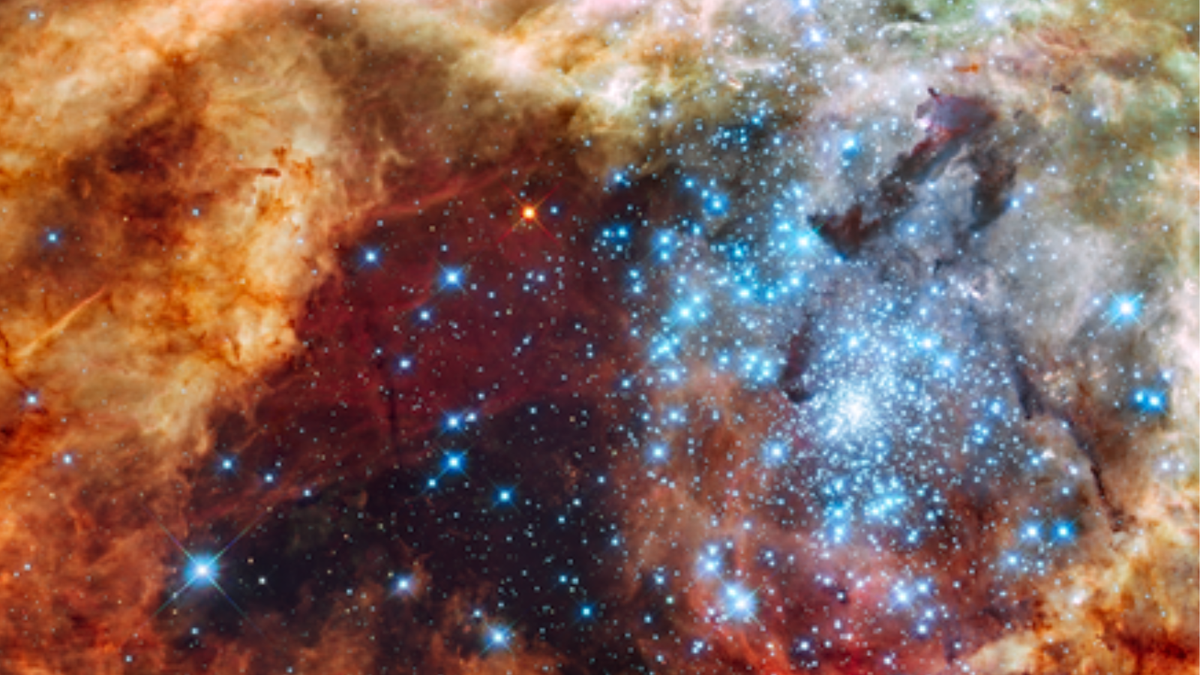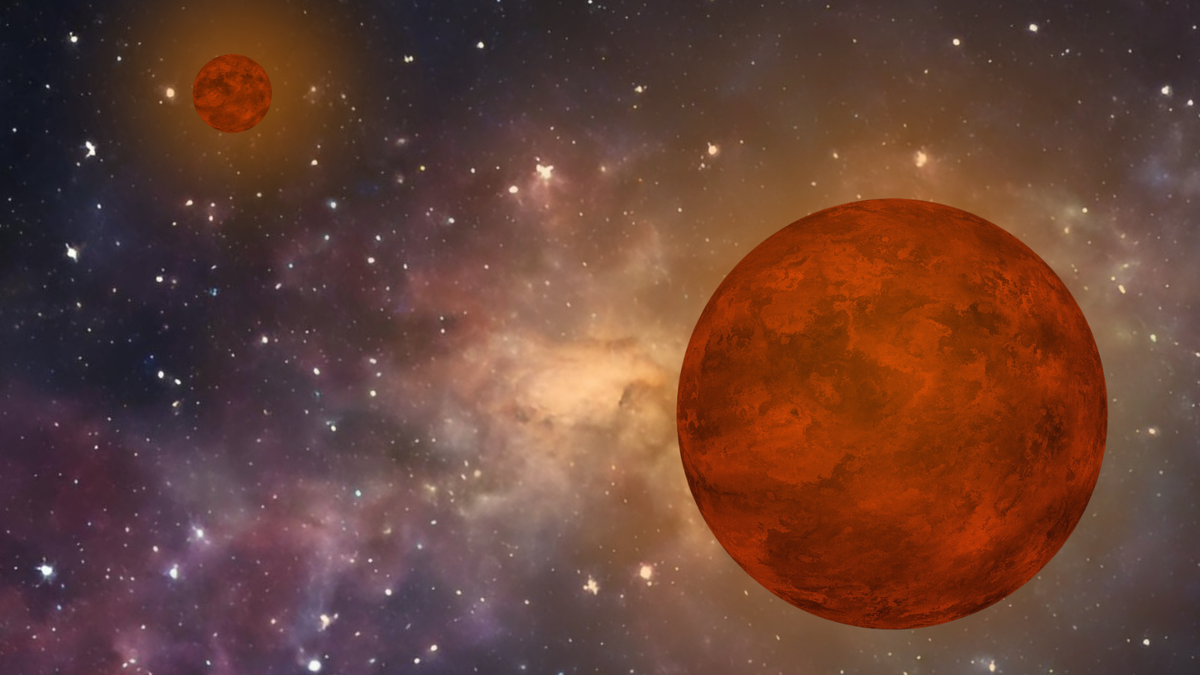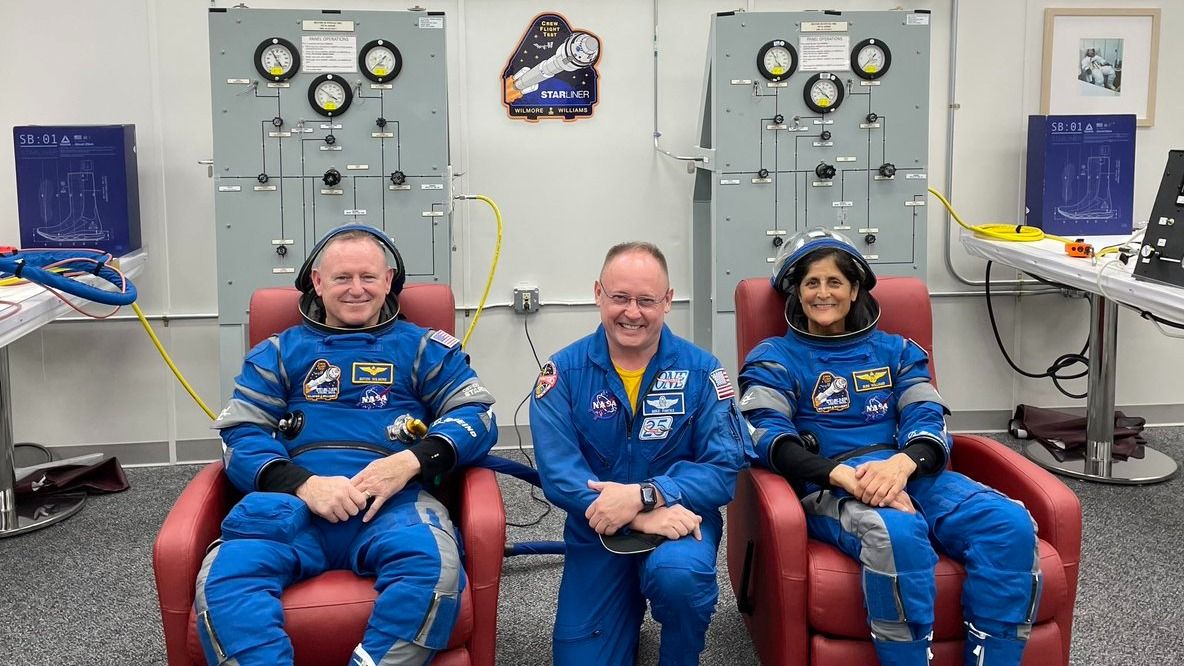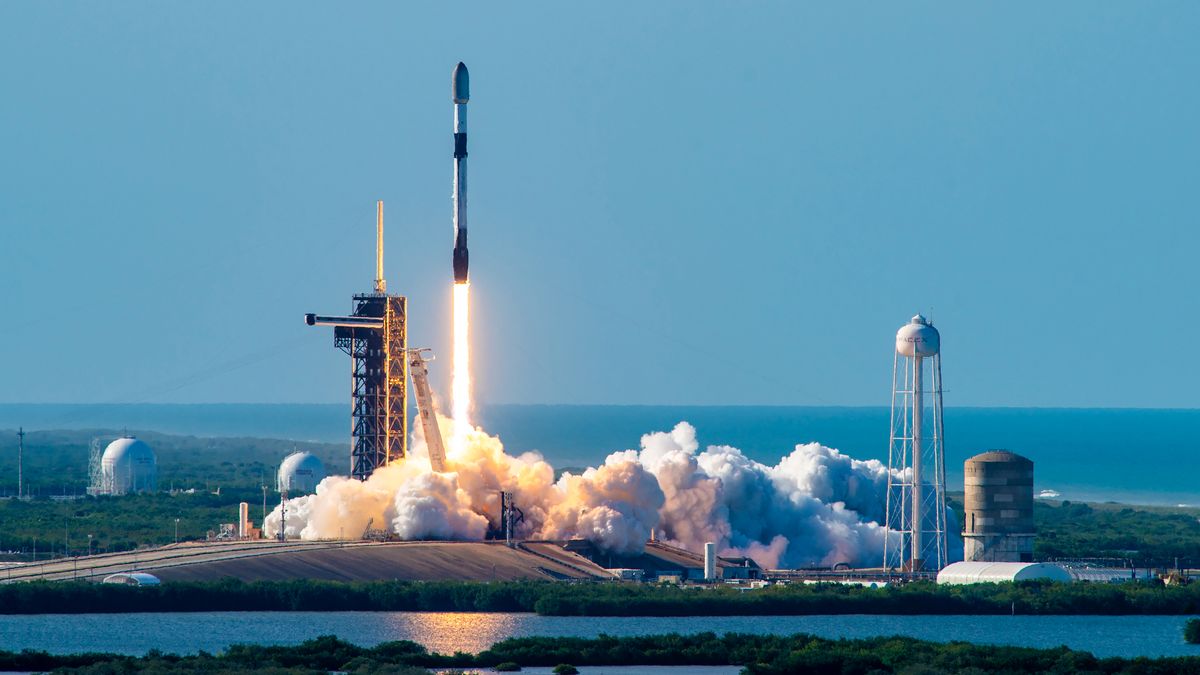The Transformation of the Hubble Space Telescope’s Largest Program
Since its launch in 1990, the Hubble Space Telescope accomplished its most extensive initiative in December 2023. Over a span of three years, the telescope conducted observations of a remarkable 500 individual stars. This significant effort has now unveiled a trove of cosmic data waiting to be explored.
The Ultraviolet Legacy Library of Young Stars as Essential Standards Project
The comprehensive survey executed by the Hubble Telescope, named the Ultraviolet Legacy Library of Young Stars as Essential Standards (ULLYSES), stands as a remarkable feat in astronomical research. This project designated Hubble as the primary instrument capable of carrying out such a groundbreaking endeavor.
The fruits of these ultraviolet observations will not be short-lived; instead, they are anticipated to occupy researchers for many years to come, offering novel insights into star formation, evolution, and the profound impact stars exert on their surroundings.
Julia Roman-Duval, the leader of the ULLYSES Implementation Team at the Space Telescope Science Institute (STScI) in Baltimore, Maryland, expressed her optimism about the transformative impact of this project on the field of astrophysics. She anticipates wide-ranging implications from exoplanets to the influence of massive stars on galaxy evolution, as well as on comprehending the nascent stages of our evolving universe.
One of the compelling aspects of the ULLYSES endeavor is the focus on superhot, massive blue stars which shine brilliantly in ultraviolet light. These stars, much brighter than the sun, play a crucial role in enriching the cosmos with heavy elements through their supernova explosions.
Stellar Insights from the ULLYSES Dataset
The dataset compiled by the ULLYSES team consists of stellar spectra revealing crucial information about each star’s temperature, chemical composition, and rotational speed. These details provide a window into the inner workings of these celestial bodies and their broader cosmic impact.
Equally captivating are the young, cooler, and redder stars studied by ULLYSES, shedding light on their formation processes and the potential habitability of planets in their vicinity. These observations also offer valuable insights into the interplay between these stars and their surrounding planetary disks, crucial for understanding planetary evolution.
ULLYSES’ all-encompassing approach, combining Hubble’s meticulous observations with data from various ground- and space-based facilities, provides a comprehensive view of stellar phenomena. This collaborative effort enhances the depth and breadth of knowledge on star formation and evolution.
As the scientific community eagerly awaits the findings from ULLYSES, this ambitious survey underscores the enduring scientific prowess of the Hubble Space Telescope, solidifying its status as a premier tool for groundbreaking astronomical discoveries.
Image/Photo credit: source url





